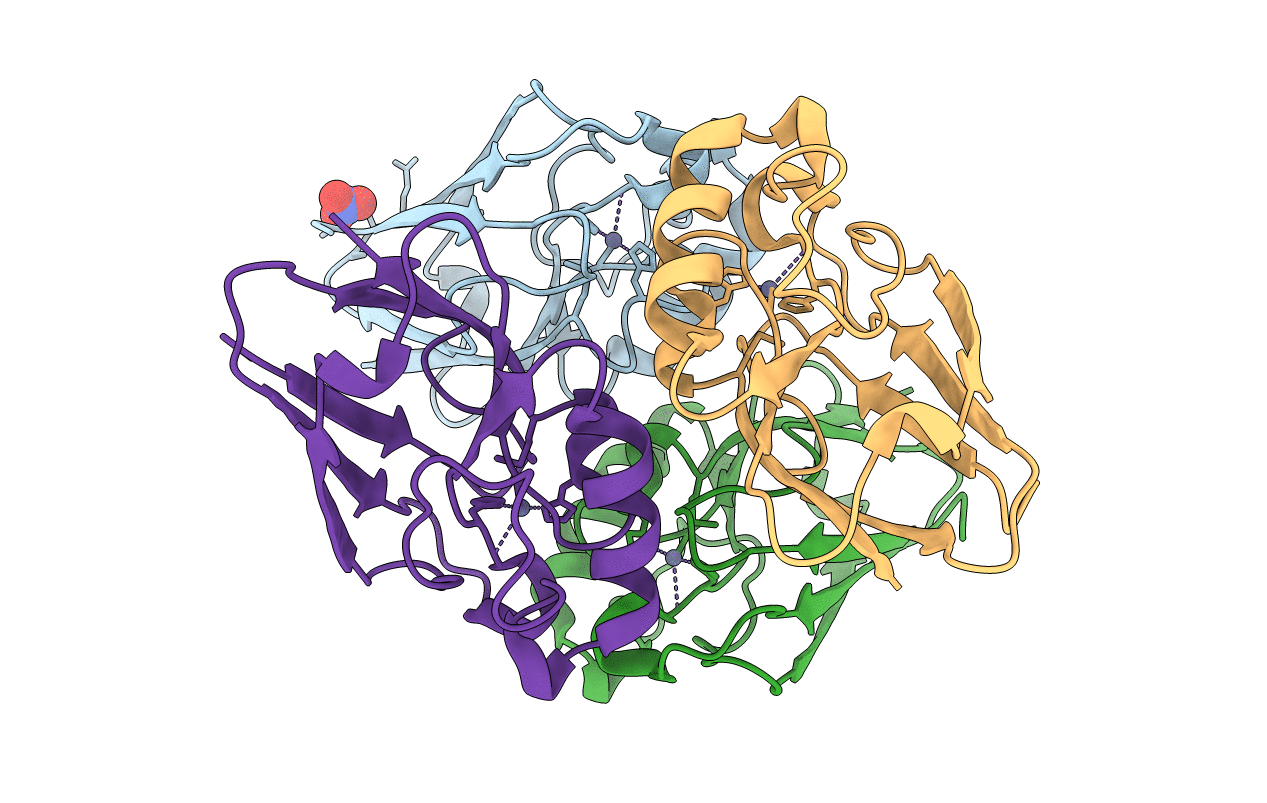
Deposition Date
2000-08-09
Release Date
2000-08-16
Last Version Date
2024-11-06
Entry Detail
Biological Source:
Source Organism:
PSEUDOMONAS AERUGINOSA (Taxon ID: 287)
Host Organism:
Method Details:
Experimental Method:
Resolution:
2.14 Å
R-Value Work:
0.17
R-Value Observed:
0.17
Space Group:
P 21 21 21


